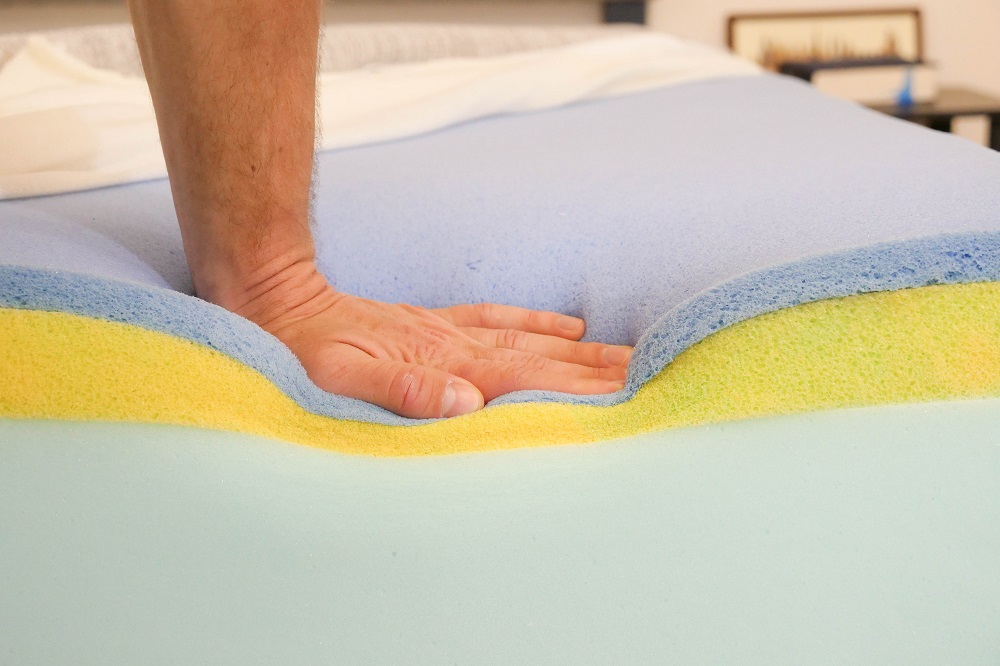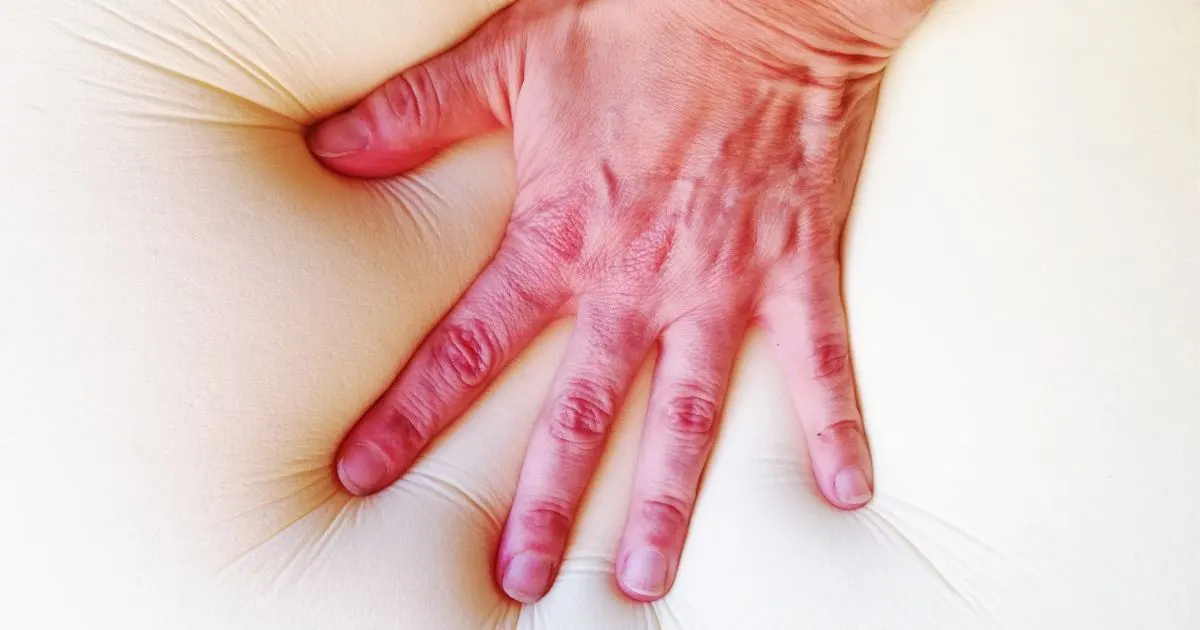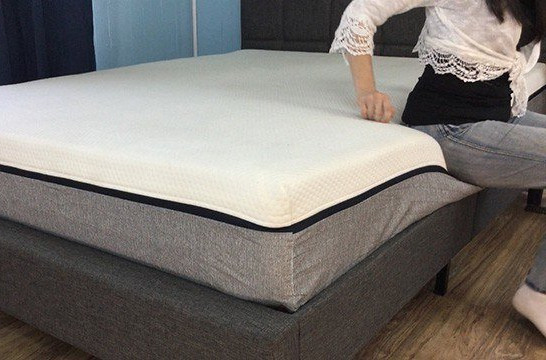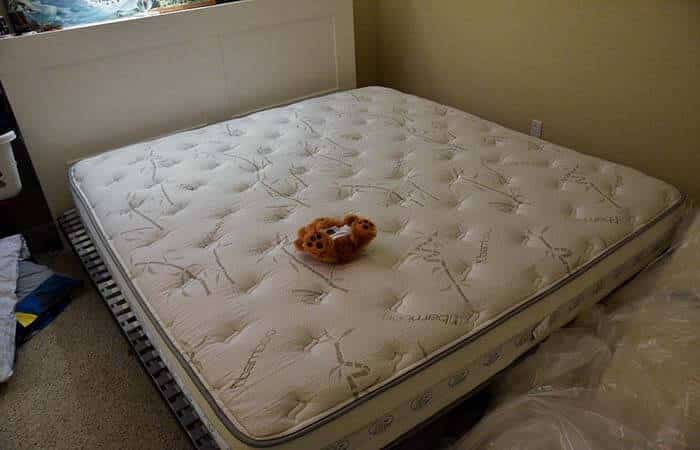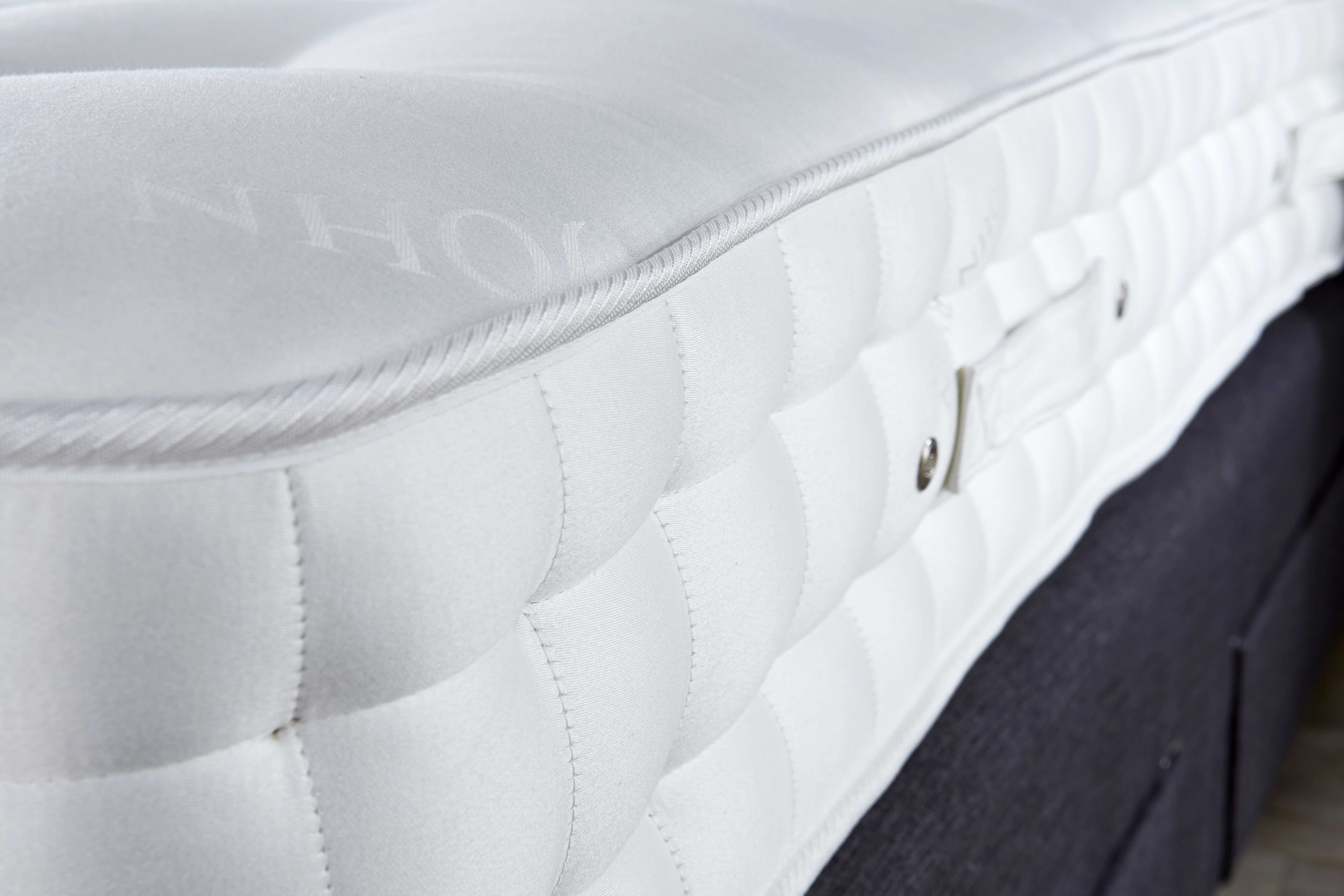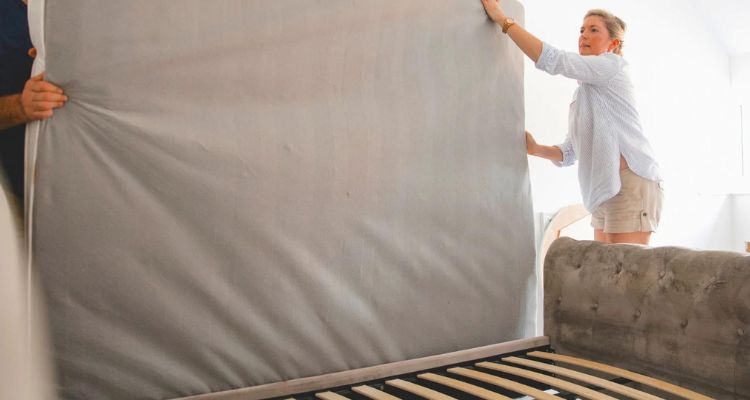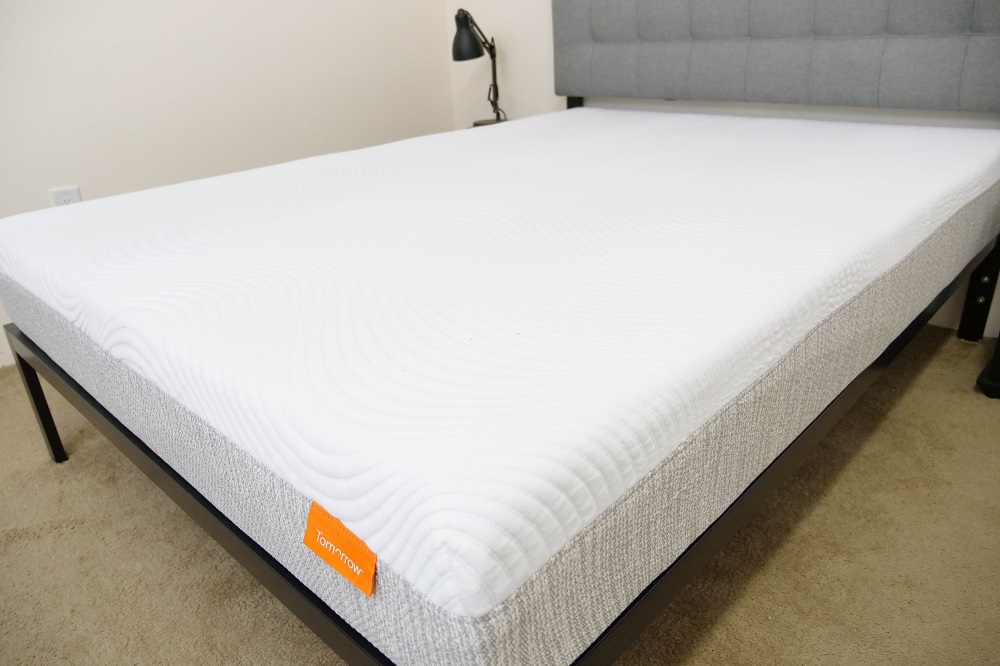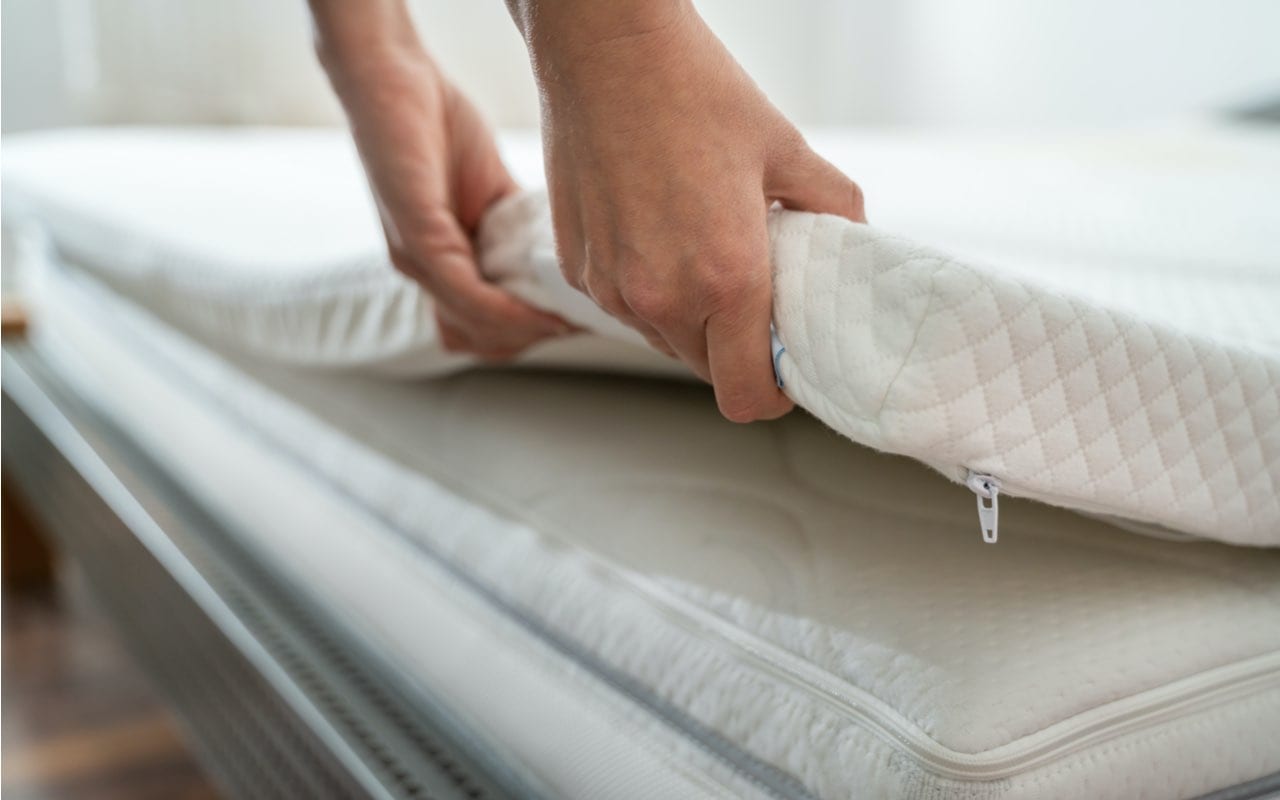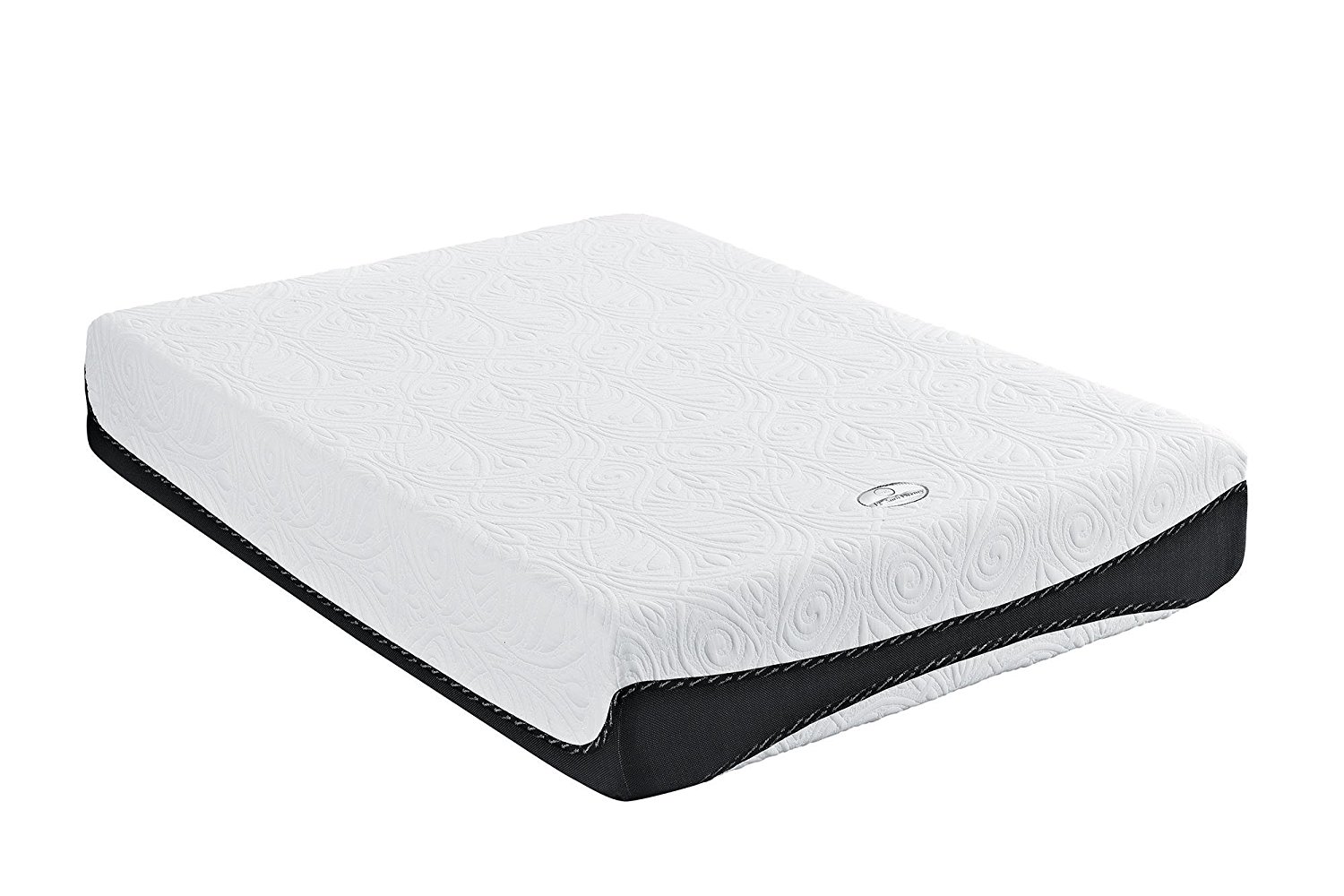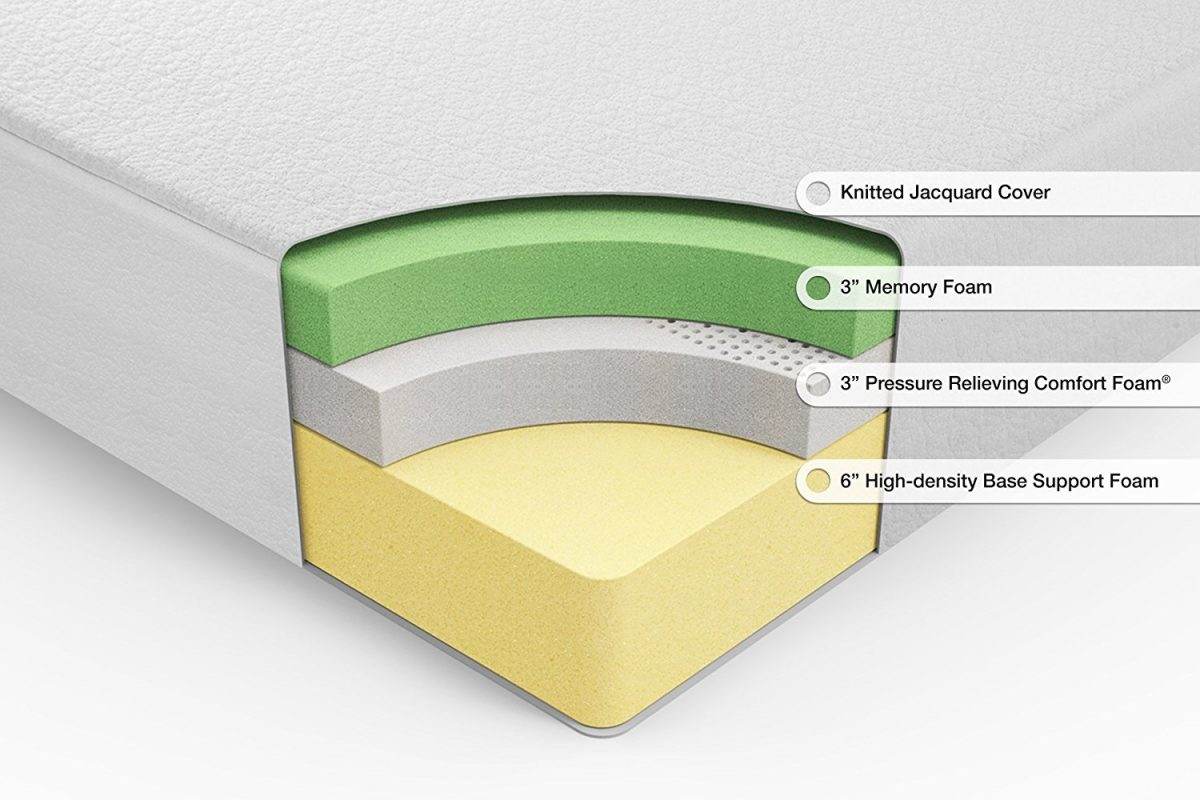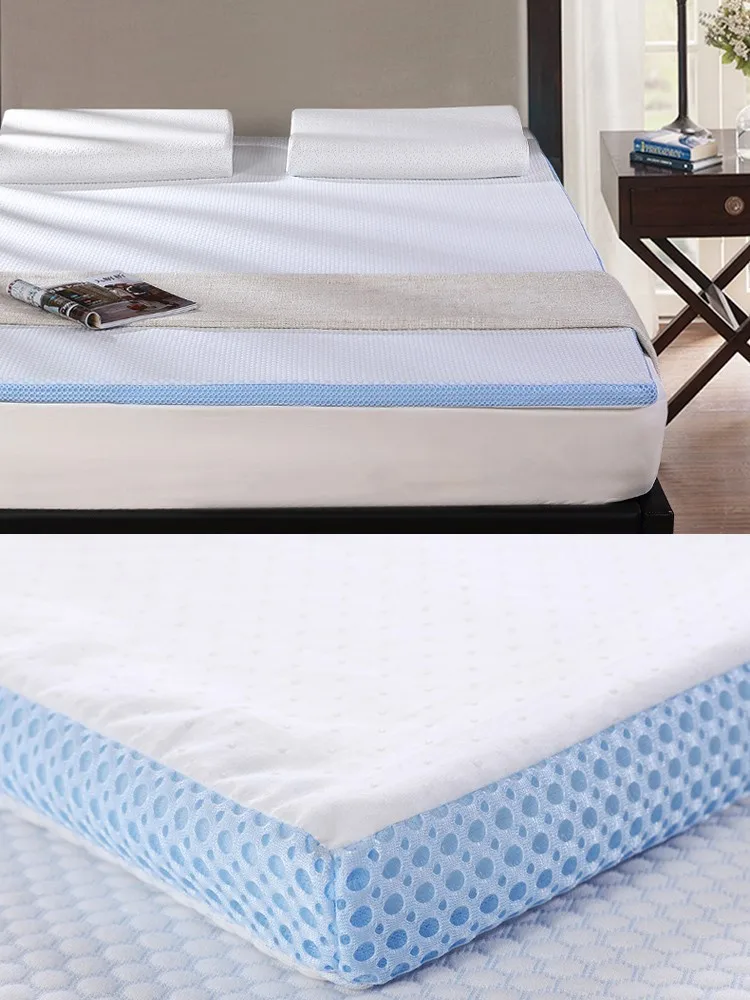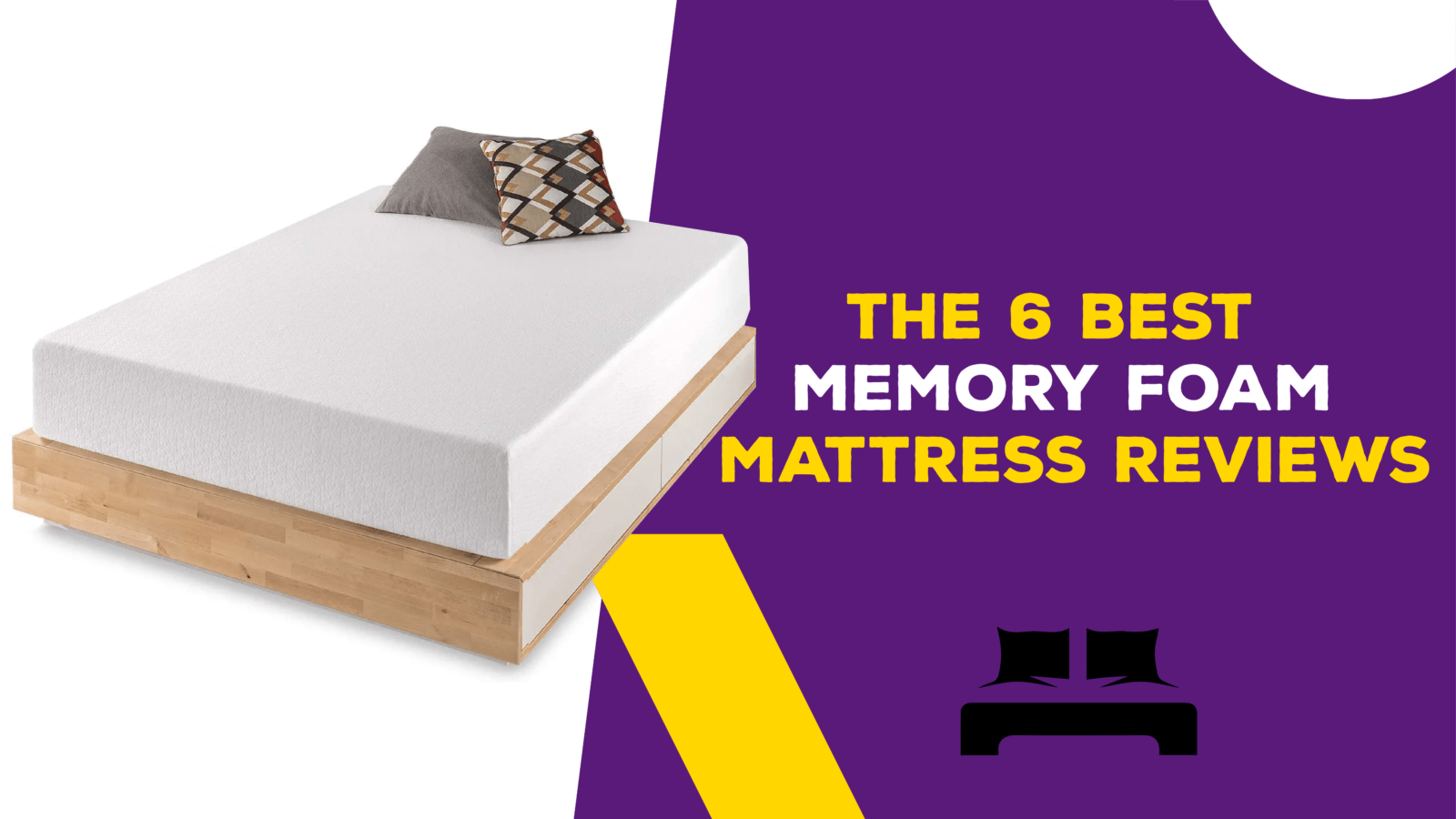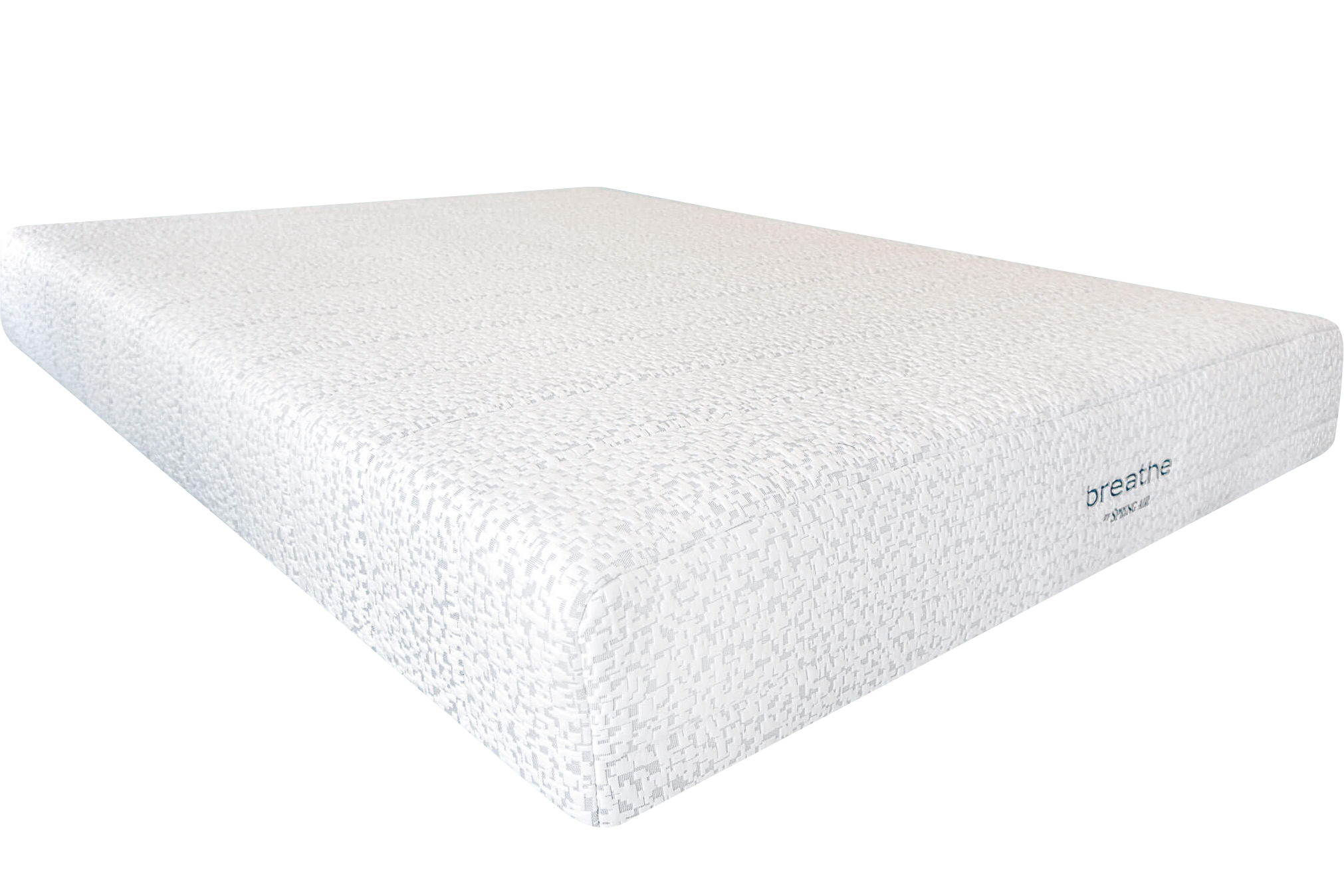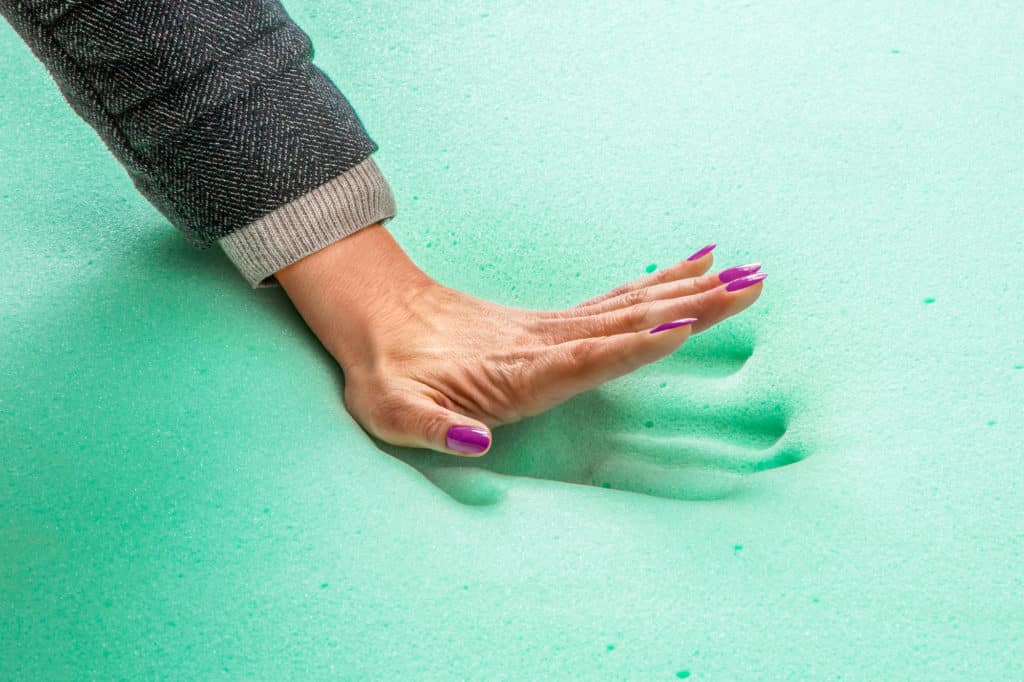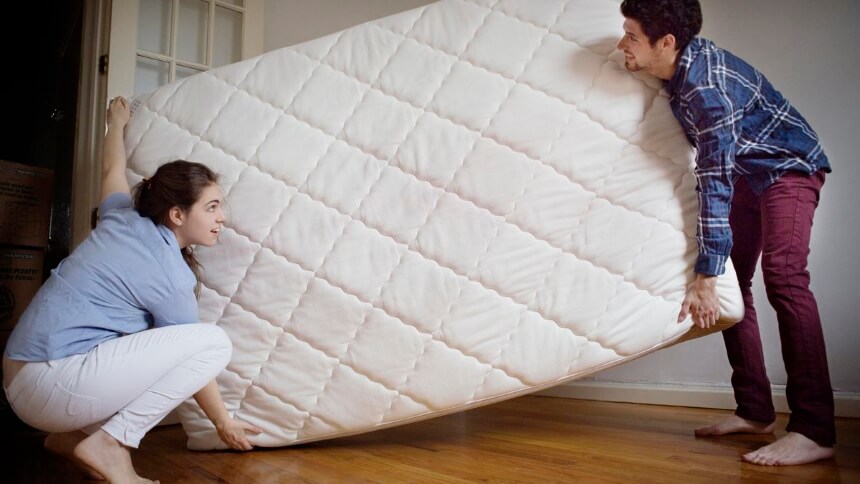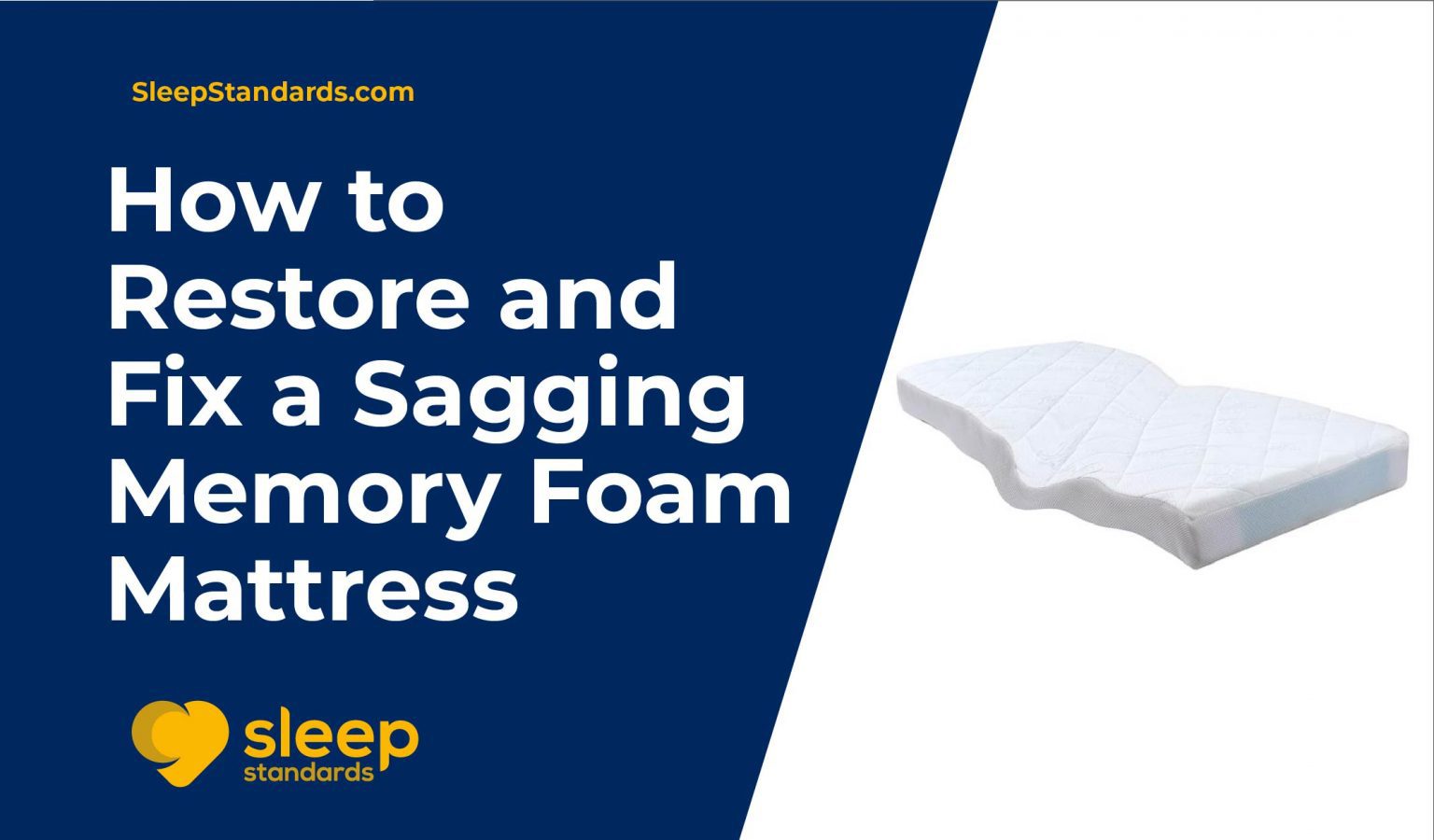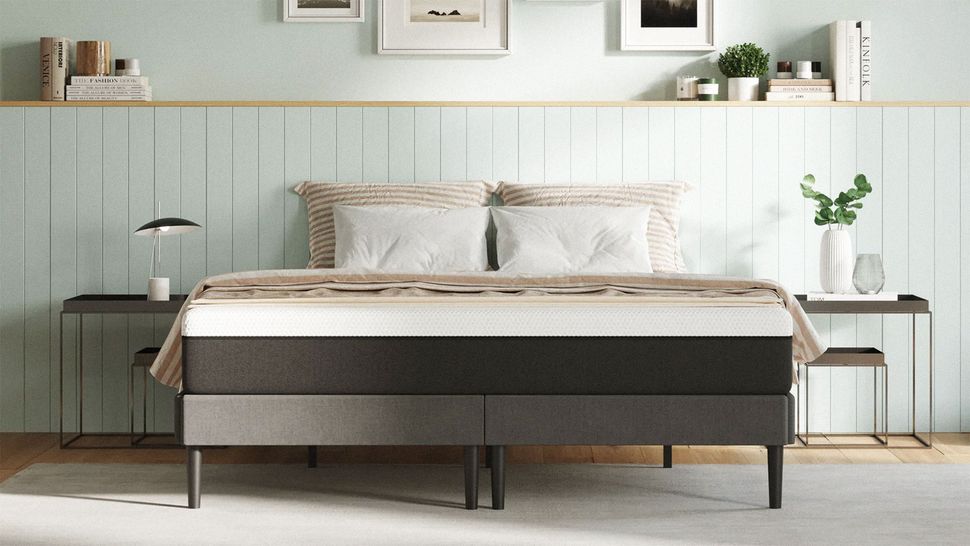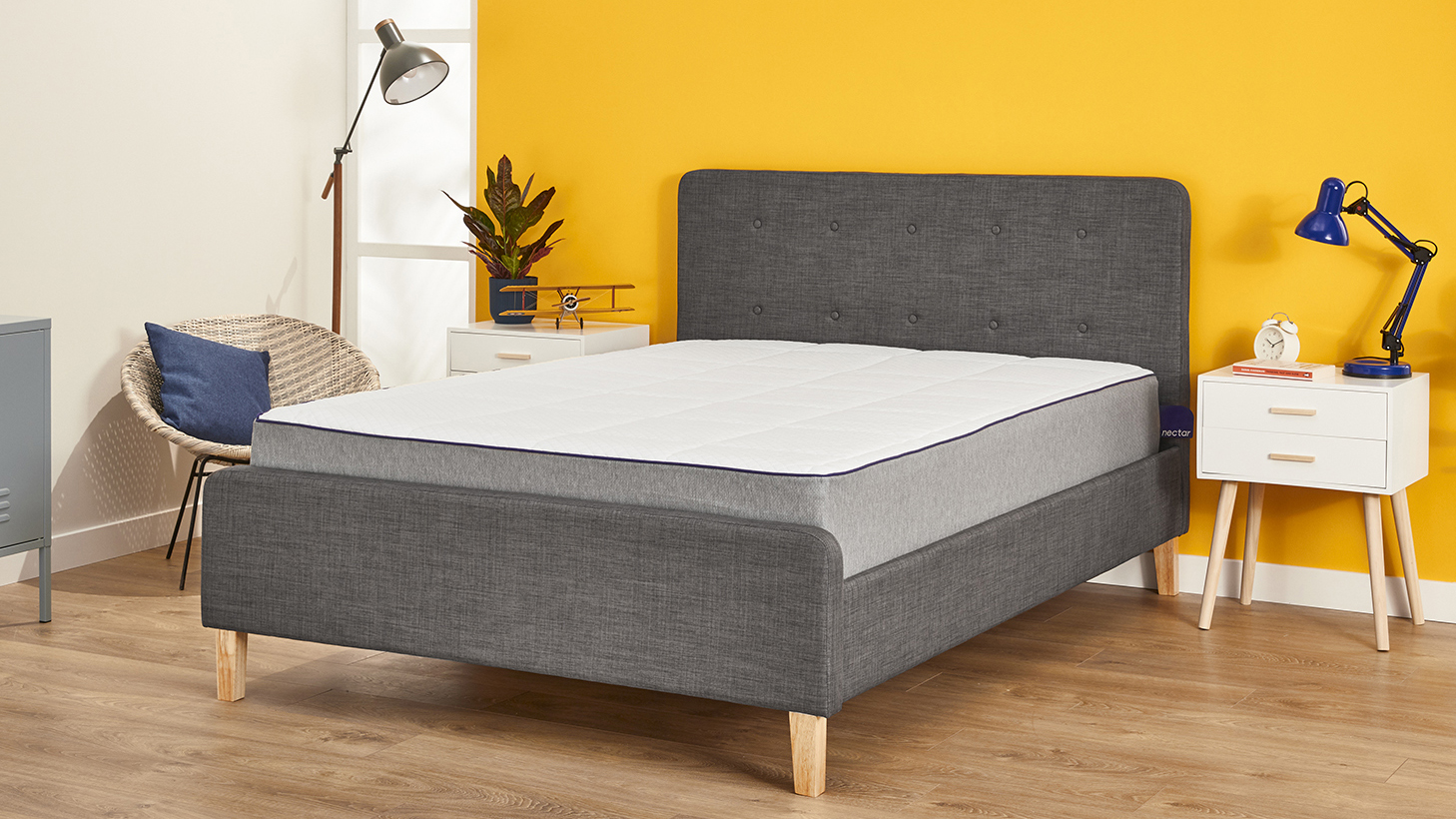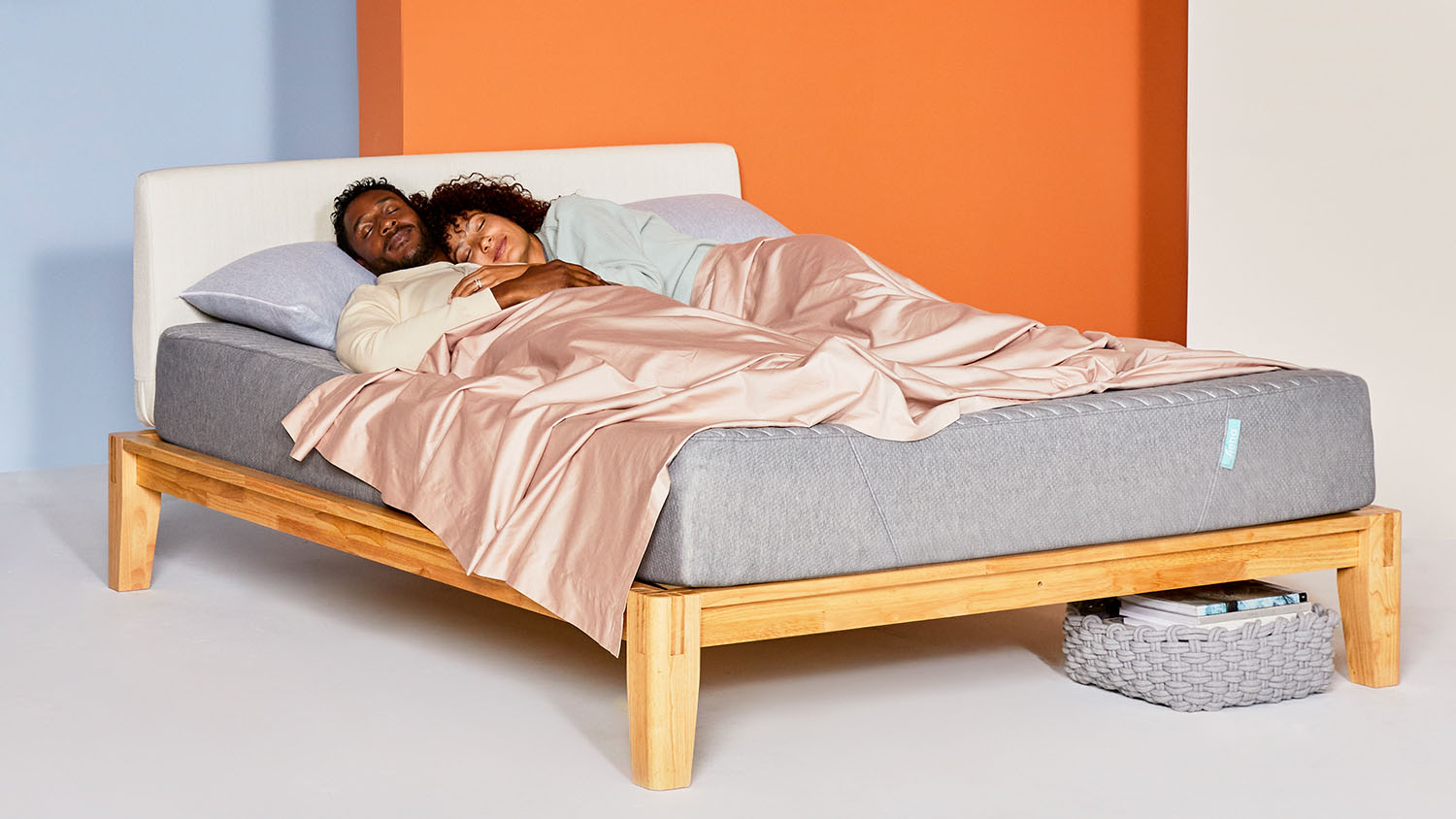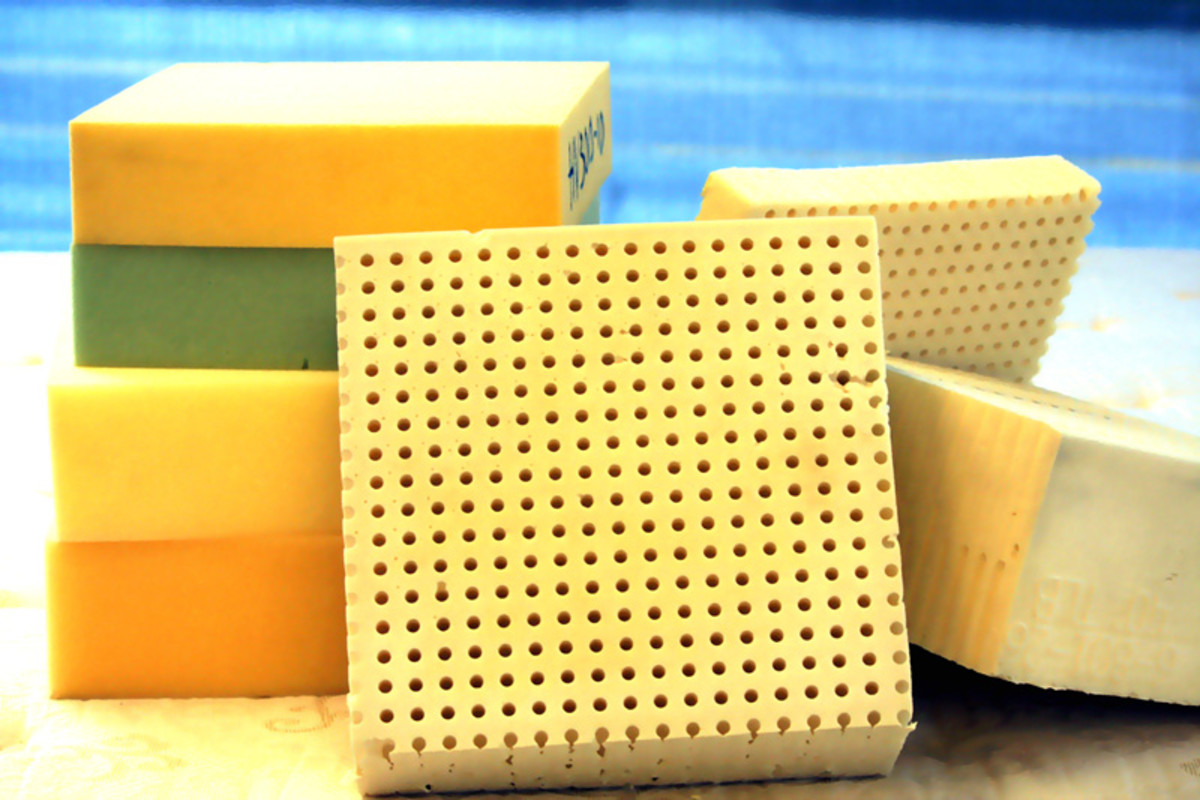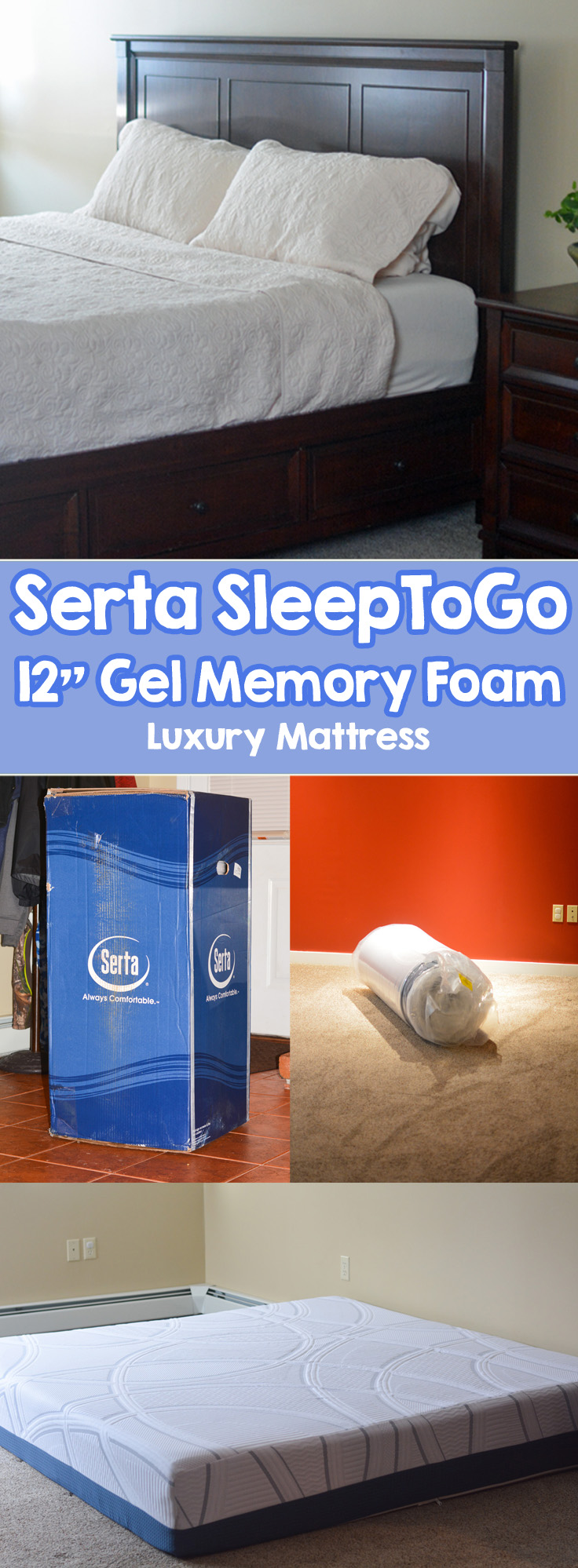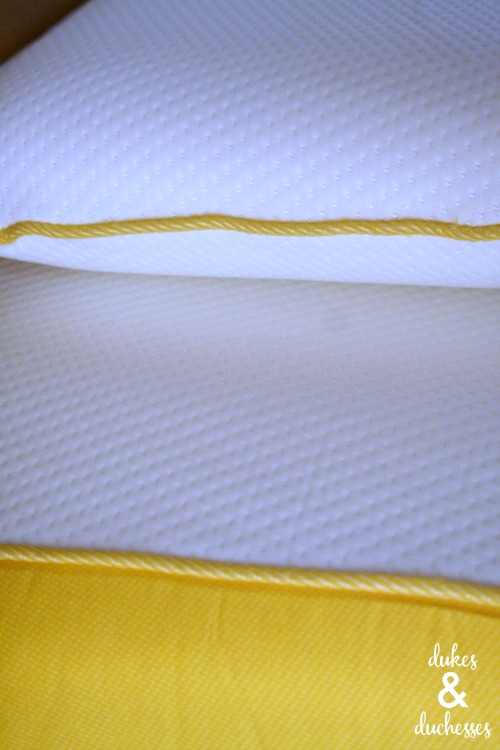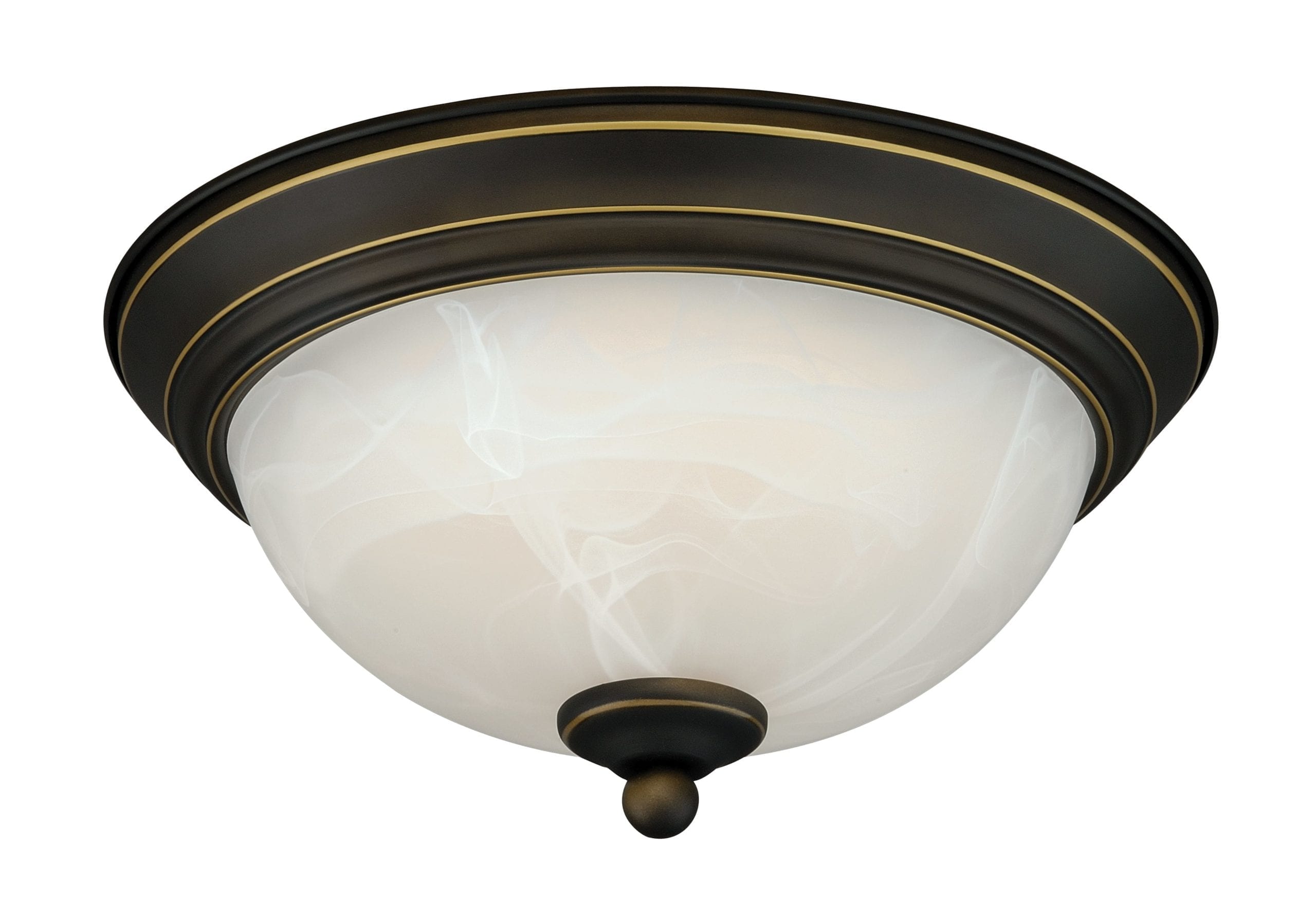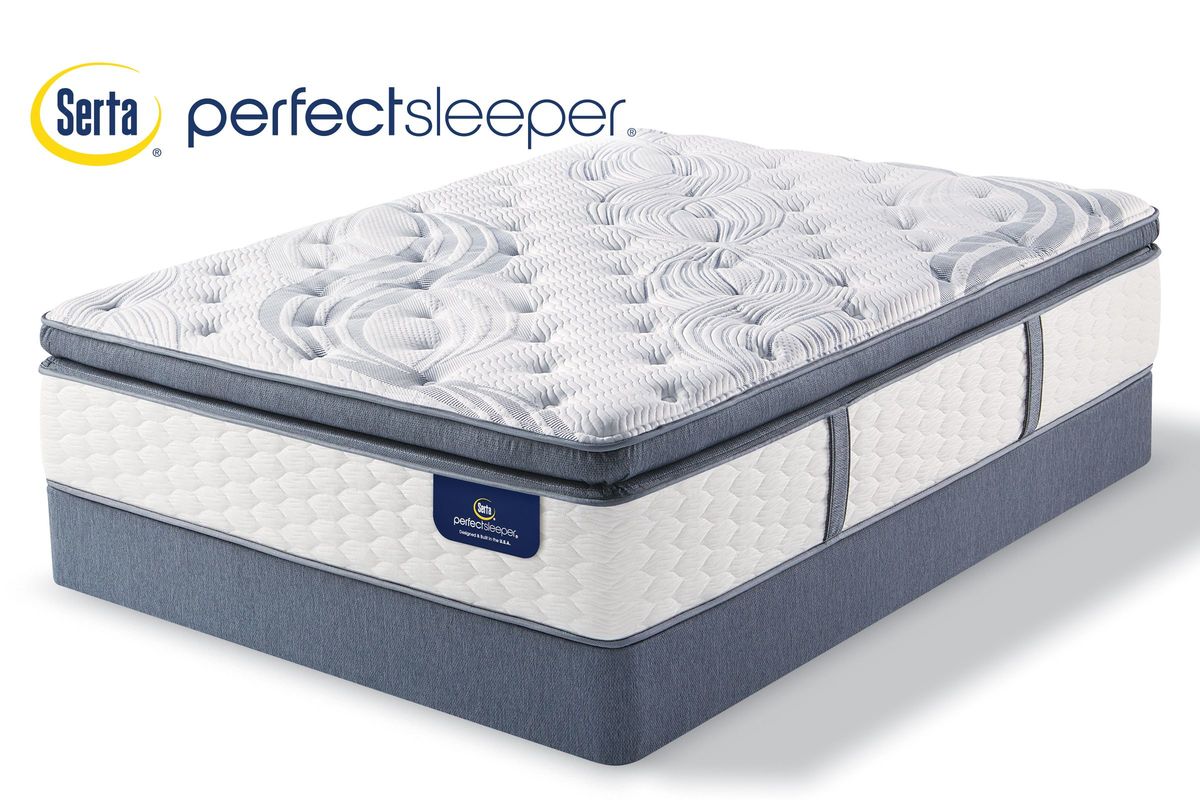1. Understanding Memory Foam Mattress Sinking: What Causes it?
Memory foam mattresses have become increasingly popular in recent years, thanks to their superior comfort and support. However, one common issue that many people face with these mattresses is sinking. If you're struggling with a memory foam mattress that sinks in the middle or all over, you're not alone. In this article, we'll delve into the possible causes of memory foam mattress sinking and how you can fix it.
2. The Tell-Tale Signs of a Sinking Memory Foam Mattress
Before we get into the causes of memory foam mattress sinking, let's first identify the signs that your mattress is indeed sinking. The most obvious sign is when you notice a visible dip or sag in the middle of your mattress. This can cause discomfort and disrupt your sleep. Additionally, if you wake up with back pain or discomfort, it could be a sign that your mattress is sinking.
3. Too Much Weight and Pressure
One of the main reasons for memory foam mattress sinking is excess weight and pressure. Memory foam mattresses are designed to conform to your body, providing support and distributing weight evenly. However, when there is too much weight or pressure in one area, it can cause the mattress to sink, especially in the middle where most of the weight is concentrated.
4. Solutions for Memory Foam Mattress Sinking
Fortunately, there are some steps you can take to prevent or fix memory foam mattress sinking. First, make sure you're not exceeding the weight limit recommended by the manufacturer. If you're sharing the bed with a partner, consider switching to a larger size to distribute weight more evenly. You can also rotate your mattress regularly to prevent excess wear and tear in one area.
5. Using a Mattress Topper
If your memory foam mattress is already sinking, adding a mattress topper can help alleviate the issue. A mattress topper is an extra layer of padding that sits on top of your mattress and provides an additional cushioning layer. This can help distribute weight more evenly and reduce the sinking feeling.
6. Adding Extra Support
In some cases, adding extra support to your memory foam mattress can help prevent or fix sinking. You can use a sturdy foundation or box spring to support the mattress, or you can even add plywood boards underneath the mattress for added support.
7. Warranty Coverage for Memory Foam Mattress Sinking
If your memory foam mattress is still relatively new and you're experiencing sinking, it's worth checking the warranty coverage. Most memory foam mattresses come with a warranty that covers sinking or sagging beyond a certain depth. If your mattress is still within the warranty period, you may be able to get a replacement or repair at no cost.
8. The Importance of Proper Care and Maintenance
Proper care and maintenance can go a long way in preventing memory foam mattress sinking. Be sure to follow the manufacturer's instructions for cleaning and rotating your mattress. Additionally, avoid jumping or standing on your mattress as this can cause excess stress and lead to sinking.
9. When to Replace Your Memory Foam Mattress
If your memory foam mattress is more than 8 years old and you're experiencing sinking, it may be time to consider a replacement. Over time, all mattresses will start to wear out and lose their support. If you've tried all the solutions and your mattress is still sinking, it may be time to invest in a new one.
10. Final Thoughts: Don't Let Memory Foam Mattress Sinking Disrupt Your Sleep
Memory foam mattresses are known for their comfort and support, but sinking can be a common issue that can disrupt your sleep. By understanding the causes and taking preventative measures, you can ensure that your memory foam mattress stays supportive and comfortable for years to come.
Remember to follow the manufacturer's instructions for care and maintenance, and don't hesitate to contact them if you're experiencing sinking within the warranty period. With the right care and attention, you can enjoy the benefits of a memory foam mattress without any sinking issues.
Is Memory Foam Mattress Sinking? Debunking the Myth
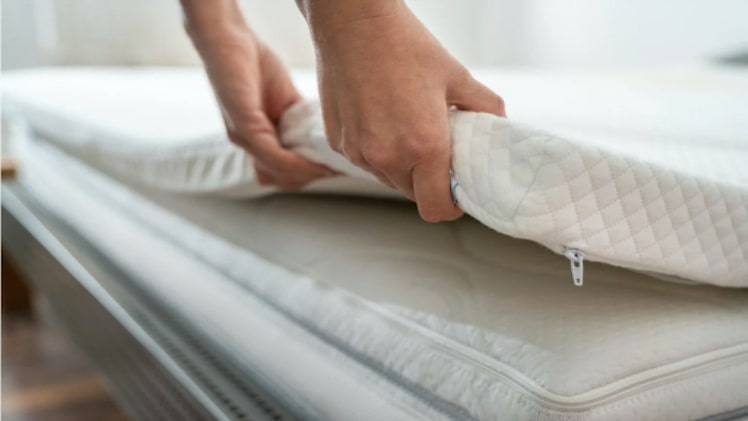
When it comes to choosing the perfect mattress, there are countless options to consider. From traditional spring mattresses to newer technologies like memory foam, the choices can be overwhelming. And with that comes a lot of questions, one of which is: does memory foam mattress sink over time?
The short answer is no. Memory foam mattresses do not sink , but rather conform to your body's natural shape, providing proper support and pressure relief. This is due to the unique properties of memory foam, which is made from a material called viscoelastic polyurethane foam. This material is designed to respond to your body heat and weight, allowing it to mold to your body's shape and distribute your weight evenly.
Understanding the Science Behind Memory Foam
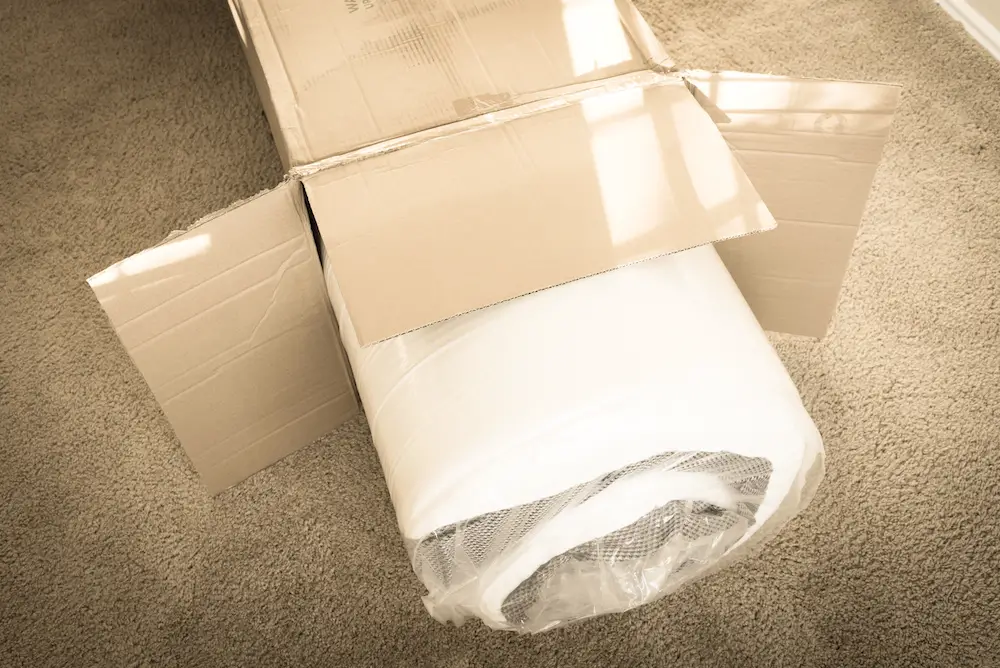
To fully understand why memory foam mattresses do not sink, it's important to know how they work. Unlike traditional spring mattresses, memory foam mattresses do not have any coils or springs that can wear out over time. Instead, they are made up of multiple layers of foam, with the top layer being the memory foam.
When you lie down on a memory foam mattress, the foam compresses under your body's weight and heat, creating a personalized sleep surface. This allows the mattress to contour to your body's curves, providing support where you need it and relieving pressure points. However, once you get up, the foam will slowly regain its shape and return to its original form.
Factors That Can Affect Memory Foam Mattress Performance

While memory foam mattresses are designed to maintain their shape and support over time, there are some factors that can affect their performance. One of the most common misconceptions is that memory foam mattress sinking is a sign of poor quality. However, this is usually not the case.
The first factor is weight. Heavier individuals may experience more sinkage on a memory foam mattress, as their weight compresses the foam more. However, this does not mean that the mattress is sinking permanently. As mentioned before, the foam will regain its shape once the weight is removed.
The second factor is the quality of the memory foam itself. Low-quality memory foam may not have the same ability to bounce back after compression, leading to a more permanent sinkage. This is why it's important to invest in a high-quality memory foam mattress from a reputable brand.
In Conclusion
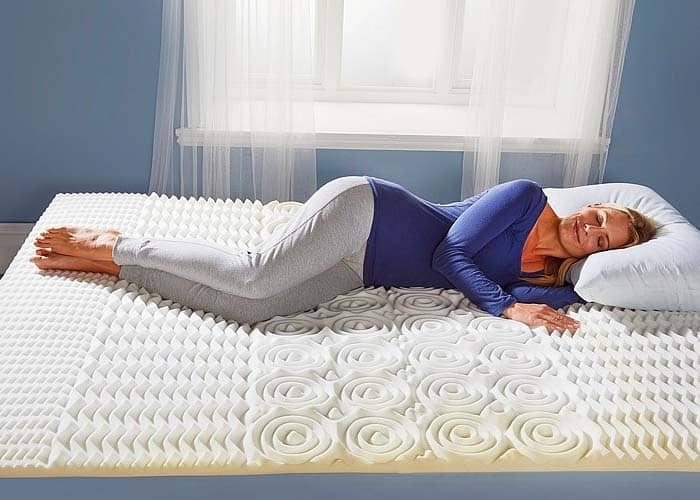
The bottom line is that memory foam mattresses do not sink, but rather conform to your body's shape. This unique ability is what makes them so popular among sleepers looking for comfort and support. So, if you're considering switching to a memory foam mattress, rest assured that it will not sink or lose its shape over time.
Now that you have a better understanding of how memory foam mattresses work, you can confidently make an informed decision when it comes to choosing the right mattress for your needs. Remember to consider factors like weight and quality of the foam, and you'll be sure to find the perfect memory foam mattress for a good night's sleep.




